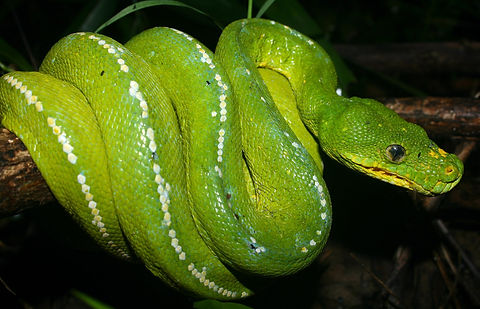
GEIKIE
CAPE YORK PENINSULA
Geikie, on the northeast side of Australia’s Cape York Peninsula, encompasses more than 97,000 hectares of sandstone escarpments, heathlands and rainforest ecosystems.
The traditional home of the Southern Kaantju People, Geikie has tremendous cultural and natural values and is important habitat for key species, including the green tree python, spotted and grey cuscus, the southern cassowary and the palm cockatoo - which are both listed as endangered by the Australian and Queensland governments.

Despite tracts of land being used as a cattle station, which has resulted in some ecological degradation, Geikie still retains high biodiversity significance
Unlike most areas in Australia, the conservation science community knows little about the overall status of biodiversity in Cape York, including on Geikie.

If trends across the rest of Northern Australia are indicative, it is likely that flora and fauna species in Cape York are undergoing decline because of pressures from climate change, land clearing, changed fire regimes, introduced predators, invasive plants and animals, and disease.
Currently there are limited opportunities in the region for economic development for Indigenous People.

With strategic monitoring and research, we can build our understanding of how threatening processes are impacting this iconic landscape, and tailor the right conservation action to get the biggest benefits for biodiversity.
By developing sustainable business models based on the responsible harvest of nature-based materials, we can create economic participation opportunities for Indigenous People that meet their sustainable development aspirations.
Raw materials that have economic viability in the region include non-timber forest products such as essential oils.

With the right partnership, we can make sure Geikie is home to empowered Indigenous People, protected landscapes, and thriving wildlife.

Welcome to Geike
Kaantju Elder, Alan Creek gives an introduction to the Geikie reserve and talks about the importance of preserving this biodiverse landscape